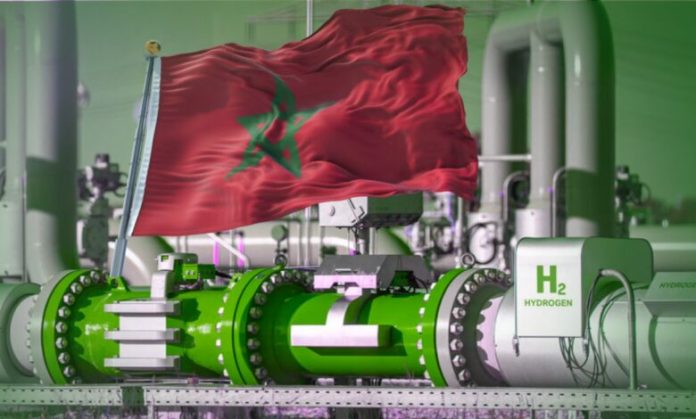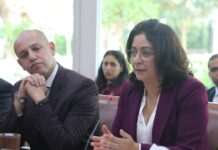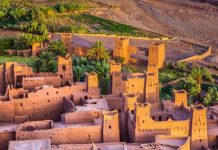Morocco is entering a bold new chapter in its energy transformation, announcing six massive green hydrogen projects valued at 370 billion dirhams in the southern provinces of Laâyoune-Sakia El Hamra, Guelmim-Oued Noun, and Dakhla-Oued Eddahab. These initiatives mark a significant step forward in the country’s long-term energy strategy and aim to establish a groundbreaking industrial and energy hub that will be unmatched on the African continent.
Launched under the national “Morocco Offer,” the momentum kicked off in 2025 with the signing of the first land reservation contract. The pace is set to accelerate through 2026, as five major investors—both domestic and international—commit to turning Morocco into a key global player in the green hydrogen sector. These projects are not isolated efforts; they’re part of a broader national vision to position renewable energy as a driver of economic growth, technological innovation, and international influence.
This expansion builds on the foundations laid by Morocco’s National Energy Strategy, initiated in 2009. The country has already made substantial progress toward its goal of achieving 52% renewable energy in its electricity mix by 2030. As of May 2025, renewables accounted for 45% of installed capacity, with a total of 5,499 megawatts. This includes 2,451 MW from wind power, 1,306 MW from hydropower, 928 MW from solar, and 814 MW from pumped storage.
Looking ahead, the 2026 Finance Bill reinforces the centrality of energy transition in Morocco’s development plans. It earmarks continued investment in the Noor solar complex, introduces battery storage systems, and supports the rollout of the country’s first liquefied natural gas terminal at the Nador West Med port, which has now entered its operational phase.
Efficiency is also a growing focus. Following the rollout of twelve regional decarbonization plans in 2025, the next year will bring new standards for household appliances, an updated version of the Binayate software to evaluate thermal performance in buildings, and a wave of public awareness campaigns aimed at encouraging more sustainable energy use.
Civil nuclear energy is also gaining traction. By 2027, three new nuclear projects are expected to launch under Morocco’s 2024–2029 National Framework Program, developed with support from the International Atomic Energy Agency (IAEA). These initiatives are designed not only to strengthen food security and manage water resources more sustainably but also to modernize Morocco’s regulatory framework for nuclear technology.
Meanwhile, the country’s mining sector is aligning with this broader energy agenda. New geological mapping projects are planned for the Boutonnière du Bas Drâa and the Oulad Dlim Massif. These efforts aim to expand Morocco’s geological coverage to over 45%. A new mining law is also in the works, intended to govern the exploration of emerging resources such as natural hydrogen and geothermal energy.
With these expansive efforts focused on the southern regions, Morocco is no longer just envisioning an energy transition—it’s actively embedding it in local economies, industrializing it, and accelerating its execution. The strategy is clear: combine energy sovereignty with regional development and a stronger international presence in the global energy arena.





